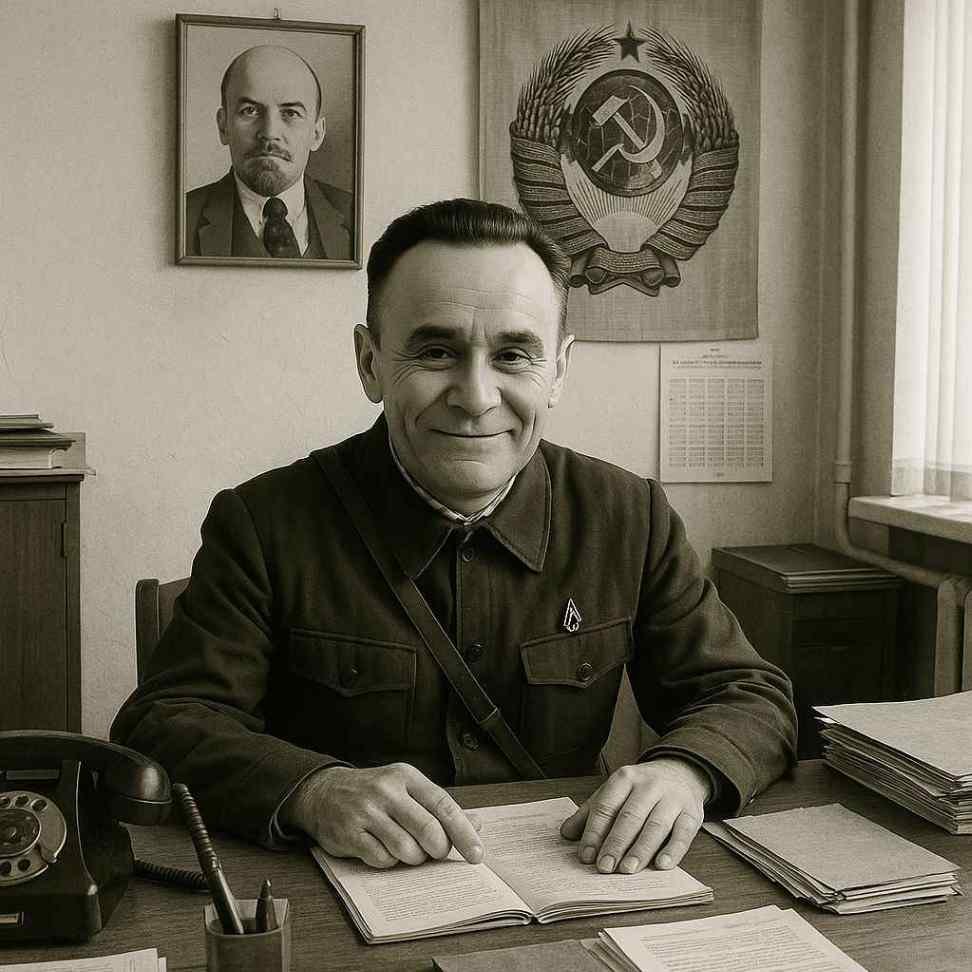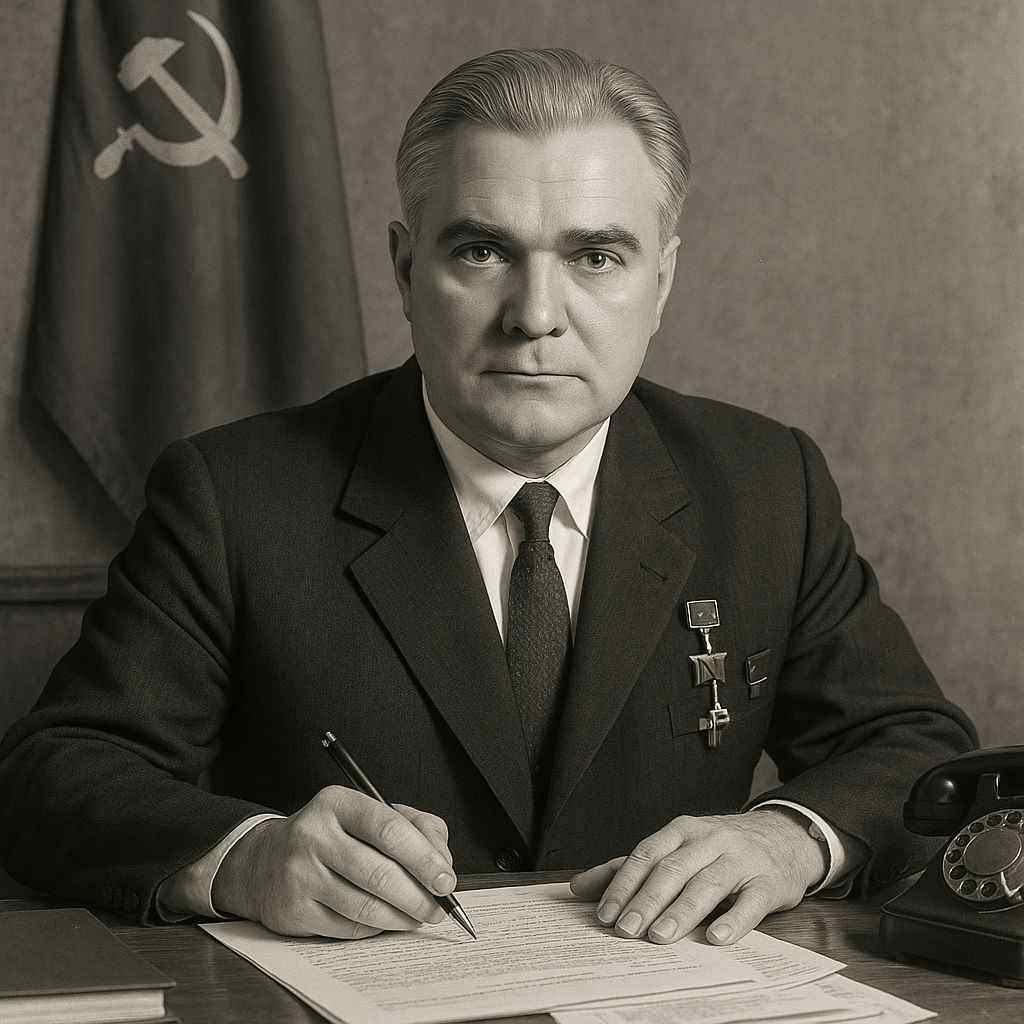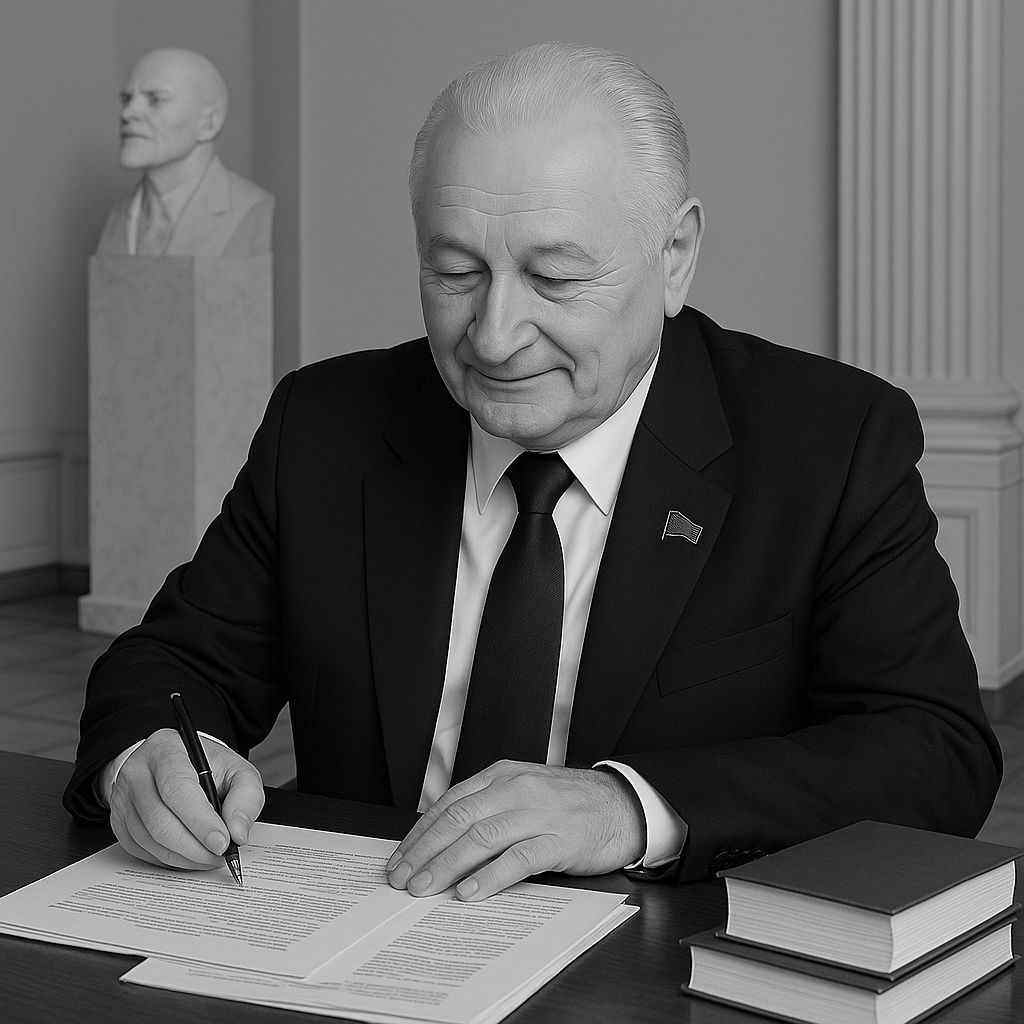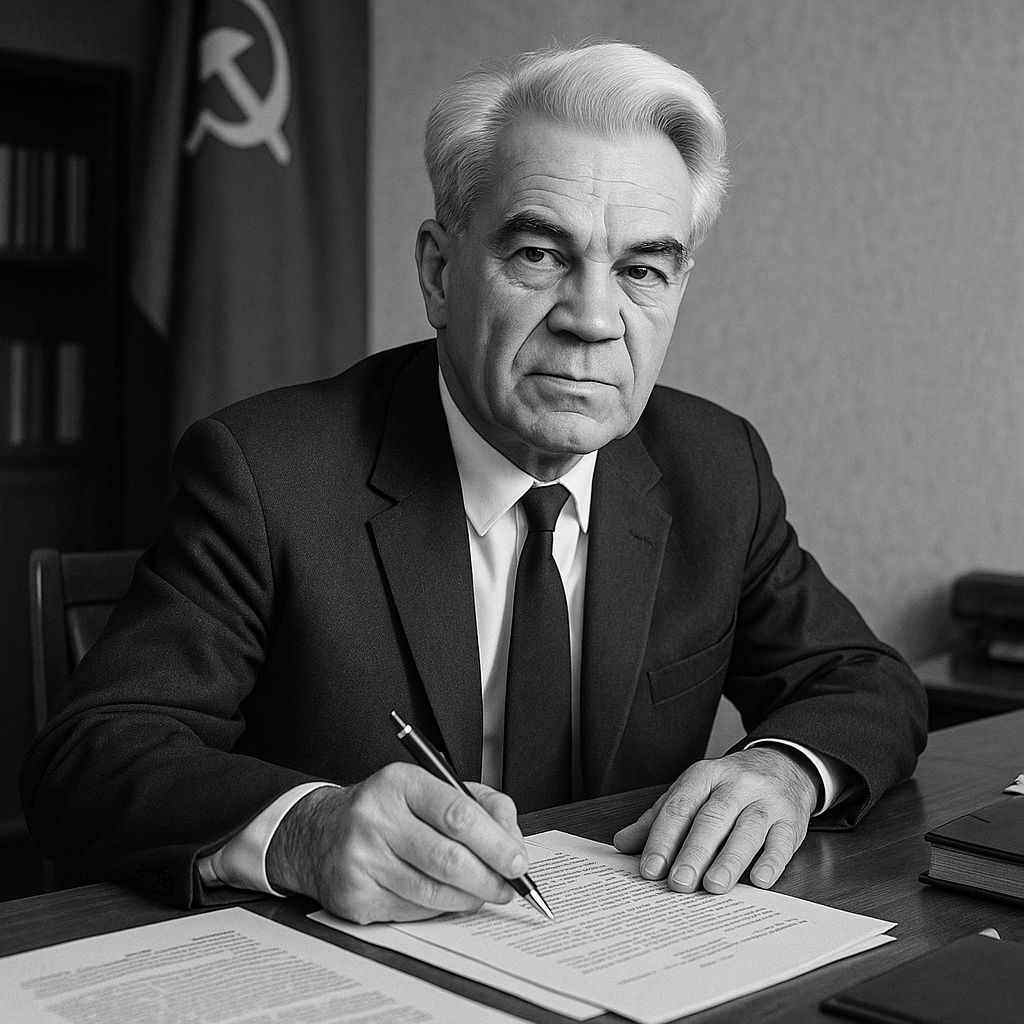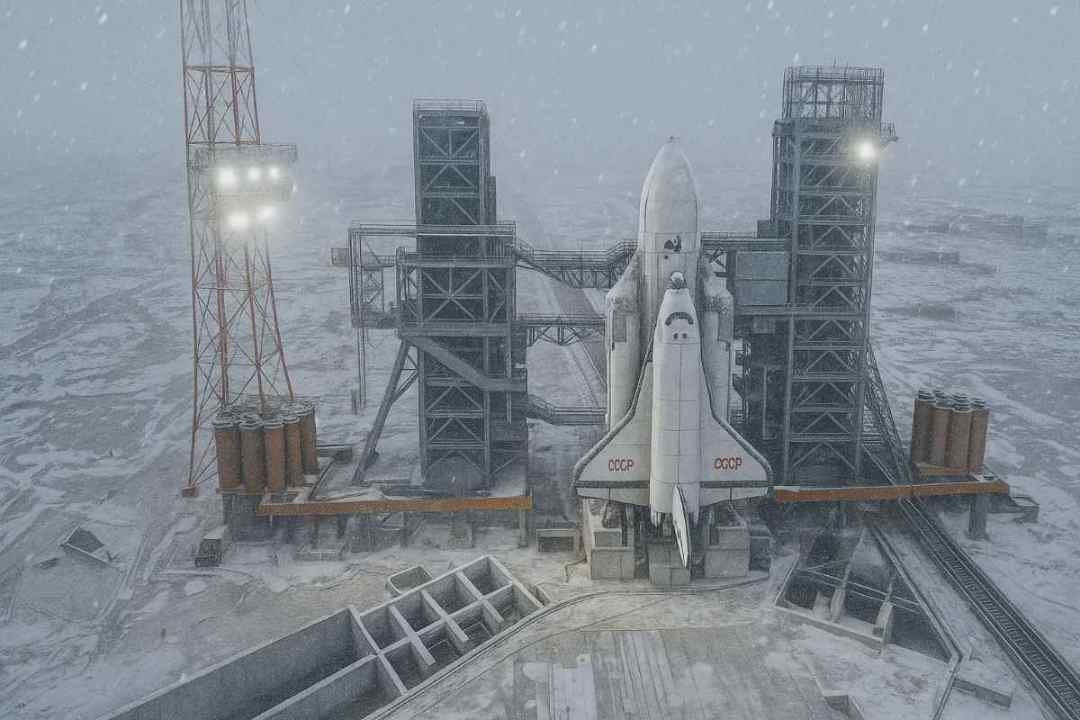
Historical Context
Understanding the political, social, and technological forces that shaped the Soviet space program.
Origins of the Soviet Space Program
The Soviet space program emerged from the ashes of World War II, as both the Soviet Union and the United States captured German rocket technology and scientists. While the U.S. secured Wernher von Braun and many of his team, the Soviets acquired V-2 rocket parts and some German engineers.
Under Stalin's leadership, the Soviet Union recognized the military and propaganda value of rocket technology. The program was founded with dual purposes: to develop intercontinental ballistic missiles (ICBMs) capable of delivering nuclear warheads, and to achieve space firsts that would demonstrate the technological superiority of communism over capitalism.
By the mid-1950s, Chief Designer Sergei Korolev had emerged as the visionary leader of the Soviet space effort, working in secret under the cryptic designation "Chief Designer." His R-7 rocket, designed as an ICBM, would become the vehicle that launched Sputnik and many early Soviet space achievements.
The Cold War Space Race
Political Motivations
The space race was fundamentally a battle for global influence. Each success in space was portrayed as evidence of the superiority of the respective political system—communism versus capitalism.
For Soviet leader Nikita Khrushchev, space achievements provided a way to demonstrate Soviet technological prowess and to suggest that communism was the way of the future. The propagandistic value of space "firsts" cannot be overstated.
Military Implications
While the public face of the space race emphasized scientific achievement, both superpowers understood the military applications of space technology. Rockets that could launch satellites could also deliver nuclear warheads.
Reconnaissance satellites, communications systems, and early warning systems all had dual civilian and military uses, making space achievements strategically significant beyond their propaganda value.

The space race reached its peak intensity in the early 1960s, following Yuri Gagarin's historic flight and U.S. President John F. Kennedy's commitment to landing a man on the Moon before the decade's end. Although the Soviets achieved early successes, including the first human in space, first spacewalk, and first woman in space, the United States ultimately claimed victory with the Apollo Moon landings.
Key Political Figures
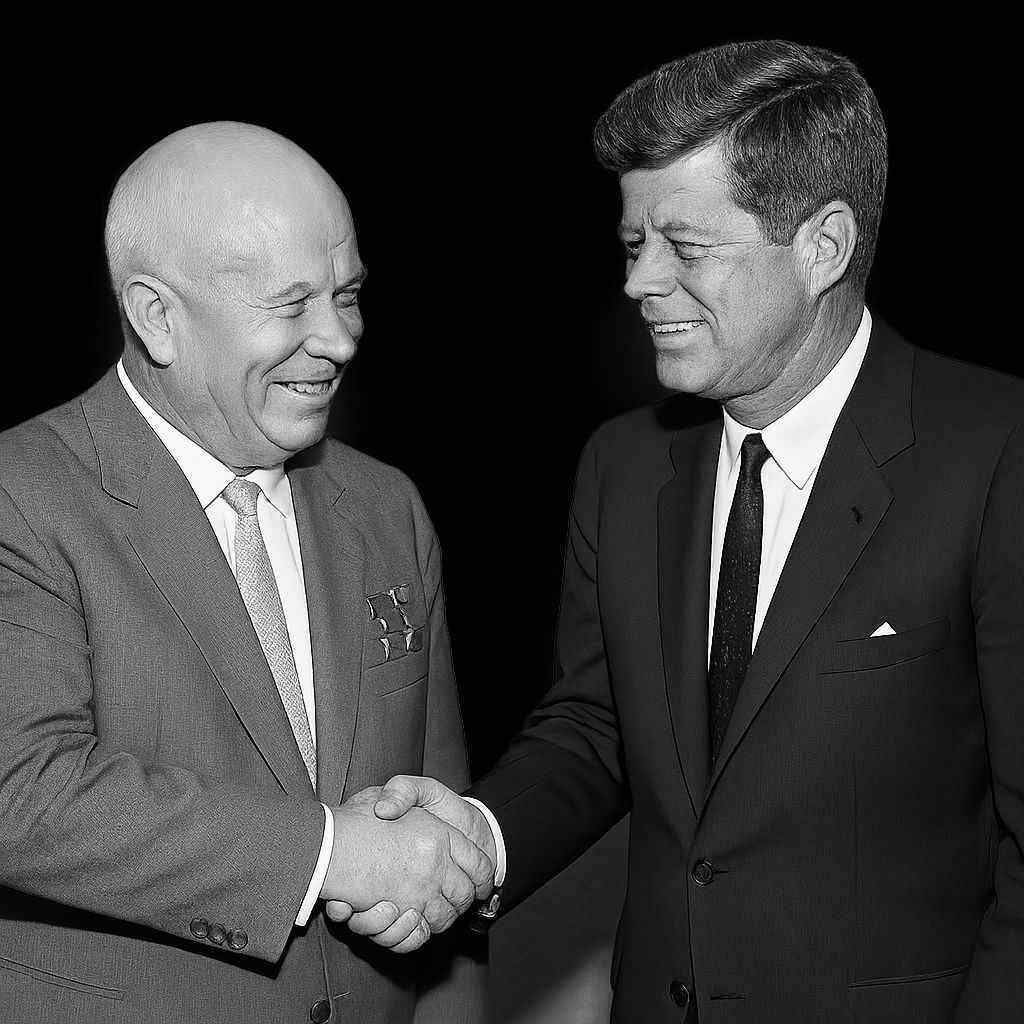
Nikita Khrushchev
Soviet Premier (1953-1964)
Khrushchev was the most enthusiastic political supporter of the space program, using Soviet space achievements as Cold War propaganda tools. He personally announced many of the early successes to the world.
Read More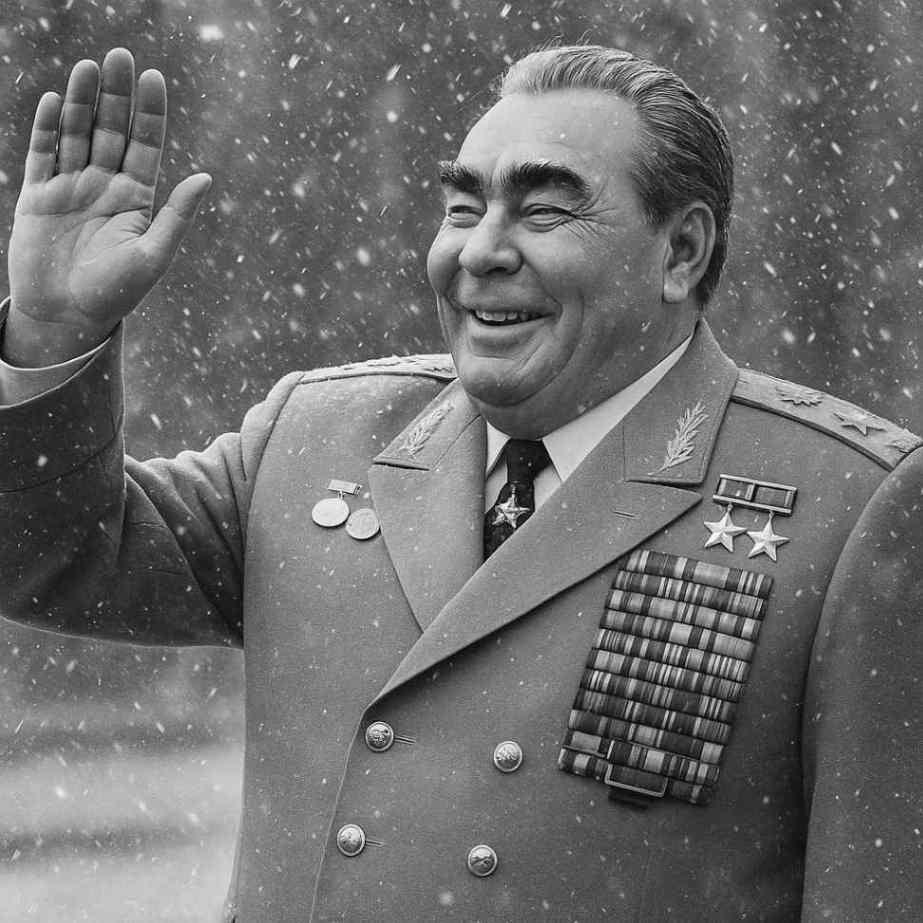
Leonid Brezhnev
Soviet Leader (1964-1982)
Under Brezhnev, the Soviet space program shifted focus to space stations and long-duration missions after losing the Moon race. The Salyut program began during his tenure.
Read More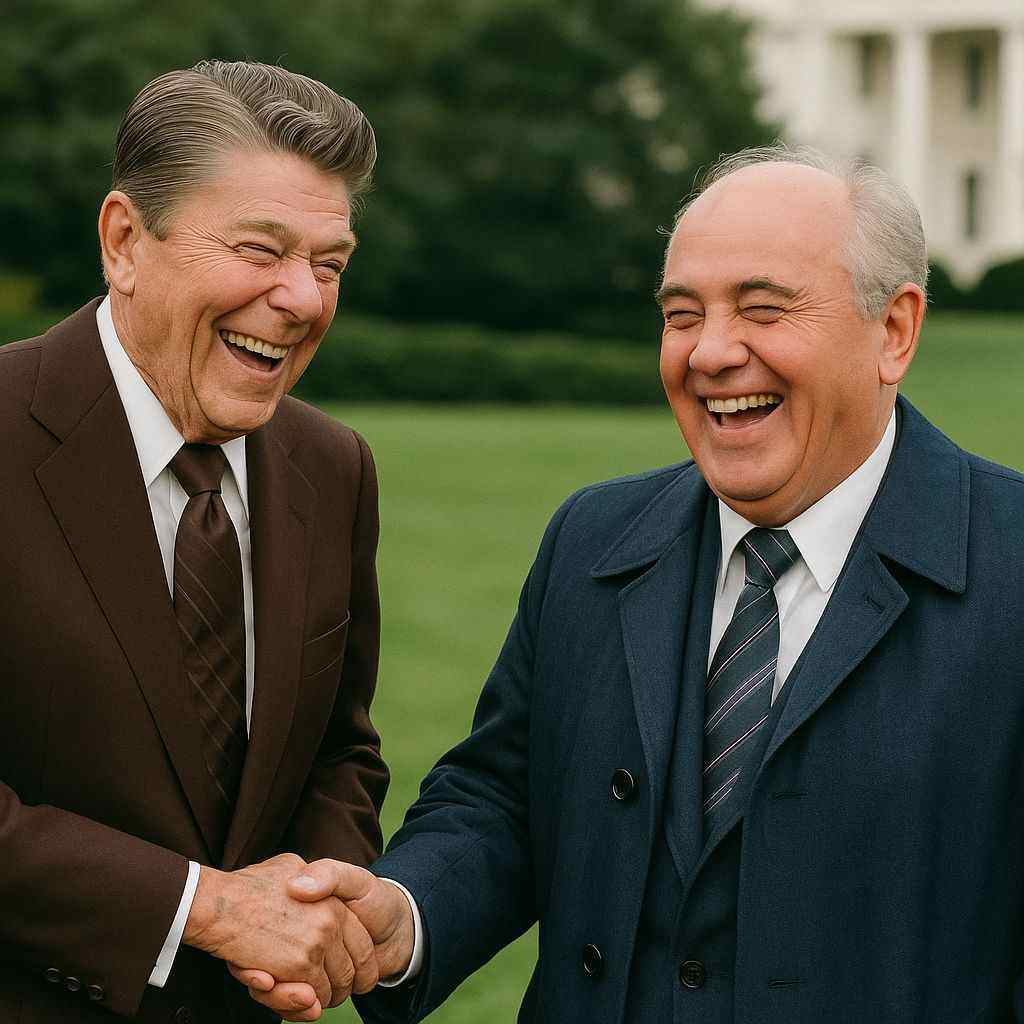
Mikhail Gorbachev
Soviet Leader (1985-1991)
Gorbachev's policies of glasnost and perestroika opened the previously secretive space program to international cooperation, culminating in the Mir-Shuttle program with the United States.
Read MoreScientific Leadership
While political leaders provided funding and support, the true visionaries of the Soviet space program were its scientific and engineering leaders, primarily:
Led the development of the R-7 rocket and the early Sputnik and Vostok programs. His identity was kept secret until after his death in 1966.
Read MorePremier rocket engine designer who became the head of the Soviet space program after Korolev's death.
Read MoreDesigner of the Proton rocket and competitor to Korolev within the Soviet system.
Read MoreMathematician and theoretician known as the "Chief Theorist" of Soviet space exploration.
Read MoreAdditional Resources
NASA History: The Soviet Space Program
NASA's historical perspective on the Soviet space program and the Space Race.
Russian Space Web
Detailed chronology and technical information about Soviet and Russian space missions.
Encyclopedia Astronautica
Comprehensive reference on all aspects of spaceflight, including Soviet missions.
